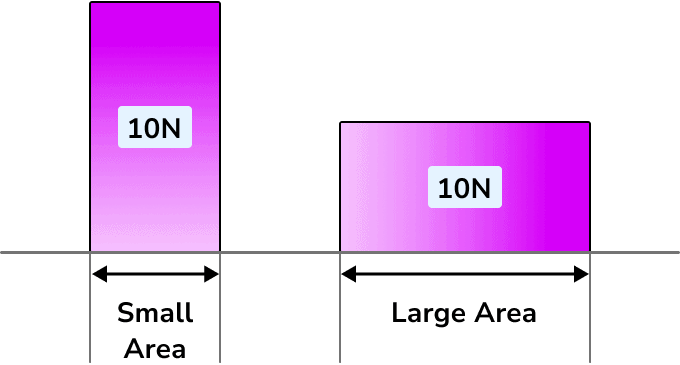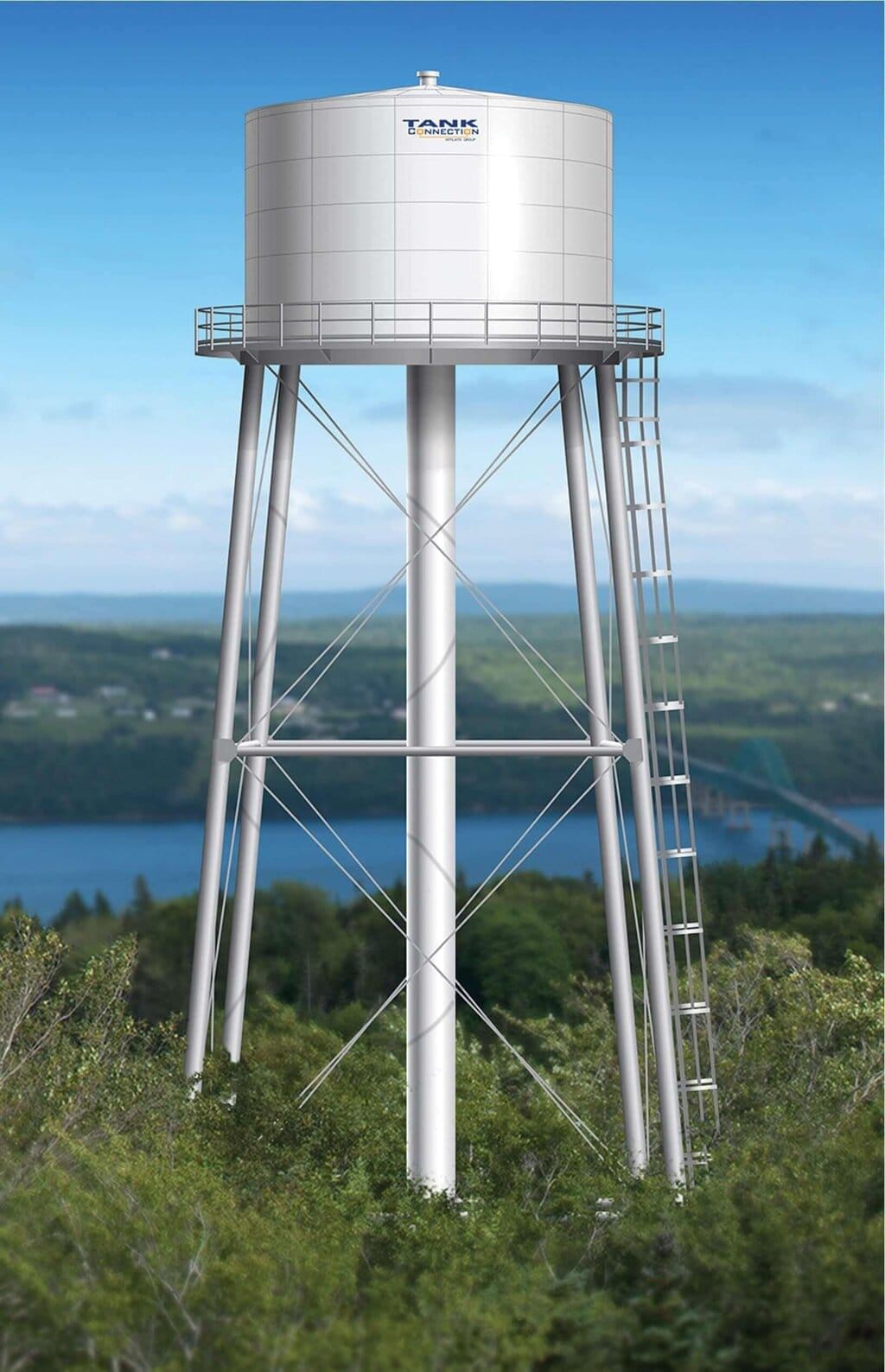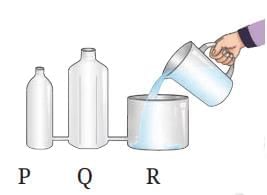Unit Test: Pressure, Winds, Storms, and Cyclones | Science Curiosity Class 8 - New NCERT PDF Download
Time: 1 hour
M.M. 30
Attempt all questions.
- Question numbers 1 to 5 carry 1 mark each.
- Question numbers 6 to 8 carry 2 marks each.
- Question numbers 9 to 11 carry 3 marks each.
- Question number 12 & 13 carry 5 marks each.
- 1-mark questions include MCQs.
Q1: Pressure is defined as (1 Mark)
(i) force × area
(ii) force ÷ area
(iii) area ÷ force
(iv) mass × acceleration
 Pressure depends on Force and Area
Pressure depends on Force and Area
Q2: The SI unit of pressure is (1 Mark)
(i) N
(ii) m2
(iii) N/m2 (pascal)
(iv) kg
Q3: Liquids exert pressure (1 Mark)
(i) only at the bottom of the container
(ii) only at the surface
(iii) on the bottom and the walls, in all directions
(iv) not at all
Q4: Air moves from a region of (1 Mark)
(i) lower pressure to higher pressure
(ii) higher pressure to lower pressure
(iii) equal pressure to equal pressure
(iv) calm to windy region
Q5: High-speed winds are accompanied by (1 Mark)
(i) higher pressure
(ii) lower pressure
(iii) no pressure change
(iv) only temperature change
Q6: Why are overhead water tanks placed at a height? (2 Marks)
 Overhead Tanks placed at heightQ7: Two vertical pipes of different diameters are connected to identical balloons at the bottom and filled to the same water height. Both balloons bulge equally. Explain. (2 Marks)
Overhead Tanks placed at heightQ7: Two vertical pipes of different diameters are connected to identical balloons at the bottom and filled to the same water height. Both balloons bulge equally. Explain. (2 Marks)
Q8: A rubber sucker sticks to a smooth tile but not to a rough wall. Why? (2 Marks)
Q9: State two observations/activities that show air exerts pressure in all directions. (3 Marks)
Q10: Describe how high-speed winds can blow off roofs and a safety measure to reduce this risk. (3 Marks)
Q11: Differentiate between a thunderstorm and a cyclone on the basis of formation and scale. (3 Marks)
Q12: (a) Explain with examples how “pressure = force/area” guides tool design and load carrying.
(b) A 225 N force acts uniformly on a 0.015 m2 area. Compute the pressure.
(c) In below figure (communicating vessels), water is poured into vessel R connected to P and Q; once flow stops, which vessel shows the highest level? Justify. (5 Marks)
Q13: (a) Describe the sequence from warm, moist air near the surface to a thunderstorm with lightning.
(b) How can a storm intensify into a cyclone over the ocean?
(c) List three cyclone safety actions for coastal communities. (5 Marks)
|
54 videos|267 docs|13 tests
|
FAQs on Unit Test: Pressure, Winds, Storms, and Cyclones - Science Curiosity Class 8 - New NCERT
| 1. What is the relationship between atmospheric pressure and weather patterns? |  |
| 2. How do winds affect the formation of storms and cyclones? |  |
| 3. What are the main types of storms, and how are they classified? |  |
| 4. What are cyclones, and how do they differ from other types of storms? |  |
| 5. What safety measures should be taken during a cyclone warning? |  |




















